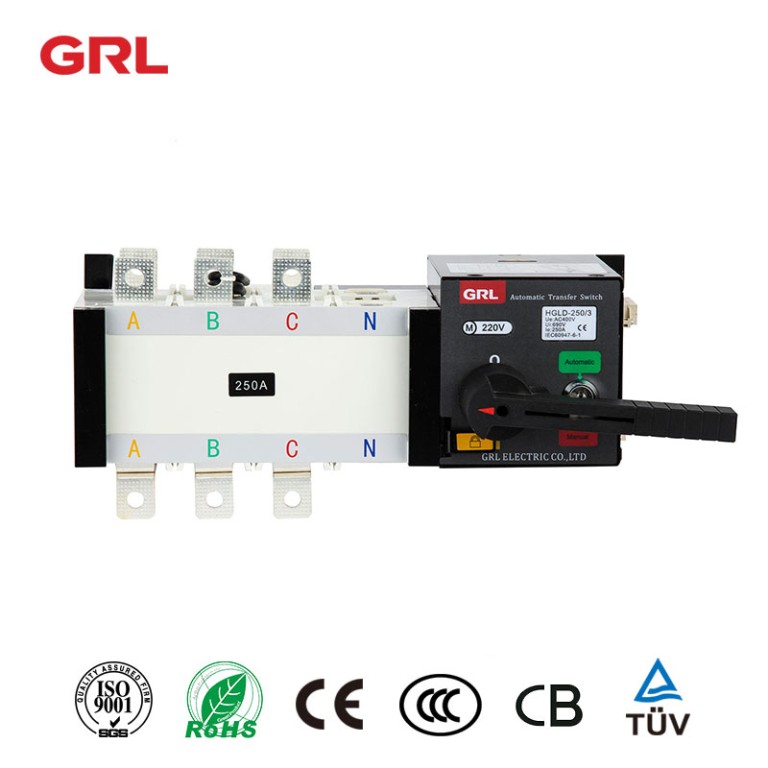Automatic Transfer Switch: Ensuring Uninterrupted Power Supply

# Automatic Transfer Switch: Ensuring Uninterrupted Power Supply
## What is an Automatic Transfer Switch?
An Automatic Transfer Switch (ATS) is a critical component in power management systems that ensures seamless transition between primary and backup power sources. These devices automatically detect power failures and switch the electrical load to an alternative power source, such as a generator or battery backup system, without manual intervention.
## How Does an ATS Work?
The operation of an automatic transfer switch follows a straightforward yet efficient process:
– Continuous monitoring of the primary power source
– Immediate detection of power outages or voltage fluctuations
– Automatic disconnection from the primary source
– Connection to the secondary power source
– Continuous monitoring for restoration of primary power
– Automatic transfer back to primary power when stable
## Key Benefits of Using an ATS
### 1. Uninterrupted Power Supply
The primary advantage of an ATS is its ability to maintain continuous power to critical systems. This is particularly important for:
– Hospitals and healthcare facilities
– Data centers and server rooms
– Industrial manufacturing plants
– Emergency services and security systems
### 2. Protection Against Power Fluctuations
ATS units safeguard sensitive equipment from:
– Power surges
– Voltage drops
– Frequency variations
– Complete power failures
### 3. Reduced Downtime and Increased Productivity
Keyword: Automatic Transfer Switch
By eliminating the need for manual switching during power outages, ATS systems minimize operational disruptions and maintain business continuity.
## Types of Automatic Transfer Switches
### 1. Open Transition ATS
Also known as “break-before-make” switches, these briefly interrupt power during transfer between sources. They are more economical and suitable for applications where a momentary power loss is acceptable.
### 2. Closed Transition ATS
These “make-before-break” switches maintain continuous power by briefly paralleling both power sources during transfer. They’re ideal for sensitive equipment that cannot tolerate any interruption.
### 3. Delayed Transition ATS
These incorporate a programmed delay to ensure complete de-energization of one source before connecting to another, particularly useful for large motor loads.
## Selecting the Right ATS for Your Needs
When choosing an automatic transfer switch, consider these factors:
– Electrical load requirements
– Number of power sources
– Transfer time specifications
– Environmental conditions
– Compliance with local electrical codes
– Future expansion possibilities
## Maintenance and Safety Considerations
Proper maintenance ensures reliable ATS operation:
– Regular testing of transfer functionality
– Inspection of electrical connections
– Cleaning of contacts and components
– Verification of control logic and settings
– Professional servicing as recommended by the manufacturer
Safety precautions include:
– Proper installation by qualified personnel
– Clear labeling of all components
– Adequate ventilation for heat dissipation
– Compliance with all electrical safety standards
## The Future of Automatic Transfer Switches
Technological advancements are enhancing ATS capabilities with:
– Smart monitoring and remote control features
– Integration with building management systems
– Improved energy efficiency
– Advanced diagnostics and predictive maintenance
– Compatibility with renewable energy sources
As power reliability becomes increasingly critical across all sectors, automatic transfer switches will continue to play a vital role in ensuring uninterrupted operations and protecting valuable equipment from power-related damage.